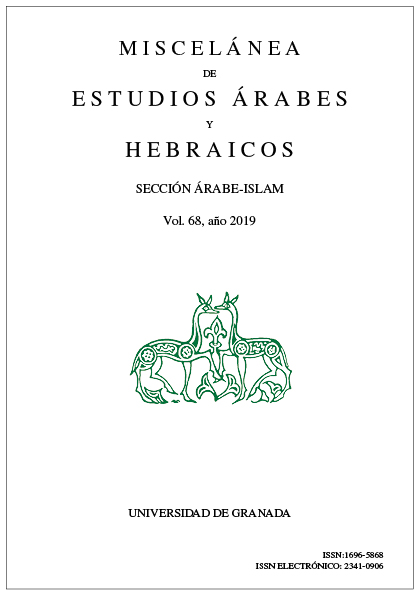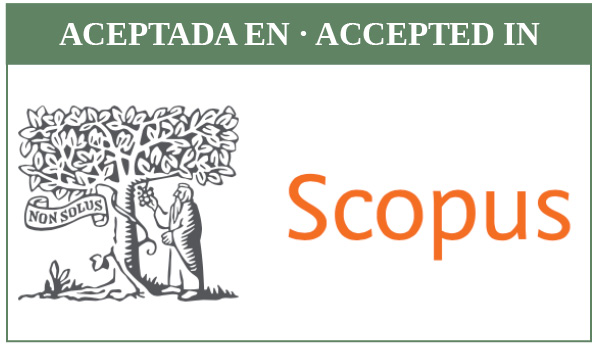Las colocaciones en árabe: estado de la cuestión
DOI :
https://doi.org/10.30827/meaharabe.v68i0.975Mots-clés :
colocaciones, lingüística árabe, fraseología árabe, lexicografía árabeRésumé
Este artículo se centra en el análisis de la situación de los dos ámbitos más carentes de investigación en relación con las colocaciones en árabe: la lexicografía y la fraseología. Para ello hacemos un repaso, desde la época clásica hasta nuestros días, de los estudios más destacados sobre este fenómeno. No obstante, nuestro estudio se centra pre- ponderantemente en la época moderna, de la cual analizamos las investigaciones de diez autores, incluida nuestra propia aportación original a este campo: una taxonomía de las colocaciones léxicas en árabe basada, por un lado, en los principios de amplitud y claridad externas, y, por otro lado, en una mayor consistencia y coherencia internas. En dicha taxonomía partimos de un macronivel de cuatro categorías generales, a partir del cual derivamos otras ocho categorías, en las que marcamos ciertas funciones gramaticales y diferen- ciamos las partes de la oración más detalladamente. Finalmente, agregamos un tercer nivel de análisis con cinco categorías más en el que incluimos información de tipo preferentemente léxico.
Téléchargements
Téléchargements
Publié-e
Comment citer
Numéro
Rubrique
Licence
Los autores que publican en esta revista están de acuerdo con los siguientes términos:
1. Los autores conservan los derechos de autor y garantizan a la revista el derecho de ser la primera publicación del trabajo al igual que licenciado bajo una Creative Commons Attribution License que permite a otros compartir el trabajo con un reconocimiento de la autoría del trabajo y la publicación inicial en esta revista.
2. Los autores pueden establecer por separado acuerdos adicionales para la distribución no exclusiva de la versión de la obra publicada en la revista (por ejemplo, situarlo en un repositorio institucional o publicarlo en un libro), con un reconocimiento de su publicación inicial en esta revista.
3. Se permite y se anima a los autores a difundir electrónicamente (por ejemplo, en repositorios institucionales o en su propio sitio web) la versión publicada de sus trabajos (versión post-print del editor) o, en su defecto, el de la versión post-print del autor ya evaluada y aceptada. Esto puede dar lugar a intercambios productivos, así como a una citación más temprana y mayor de los trabajos publicados (Véase The Effect of Open Access).
4. La revista no se hace responsable de las opiniones vertidas por los autores.















